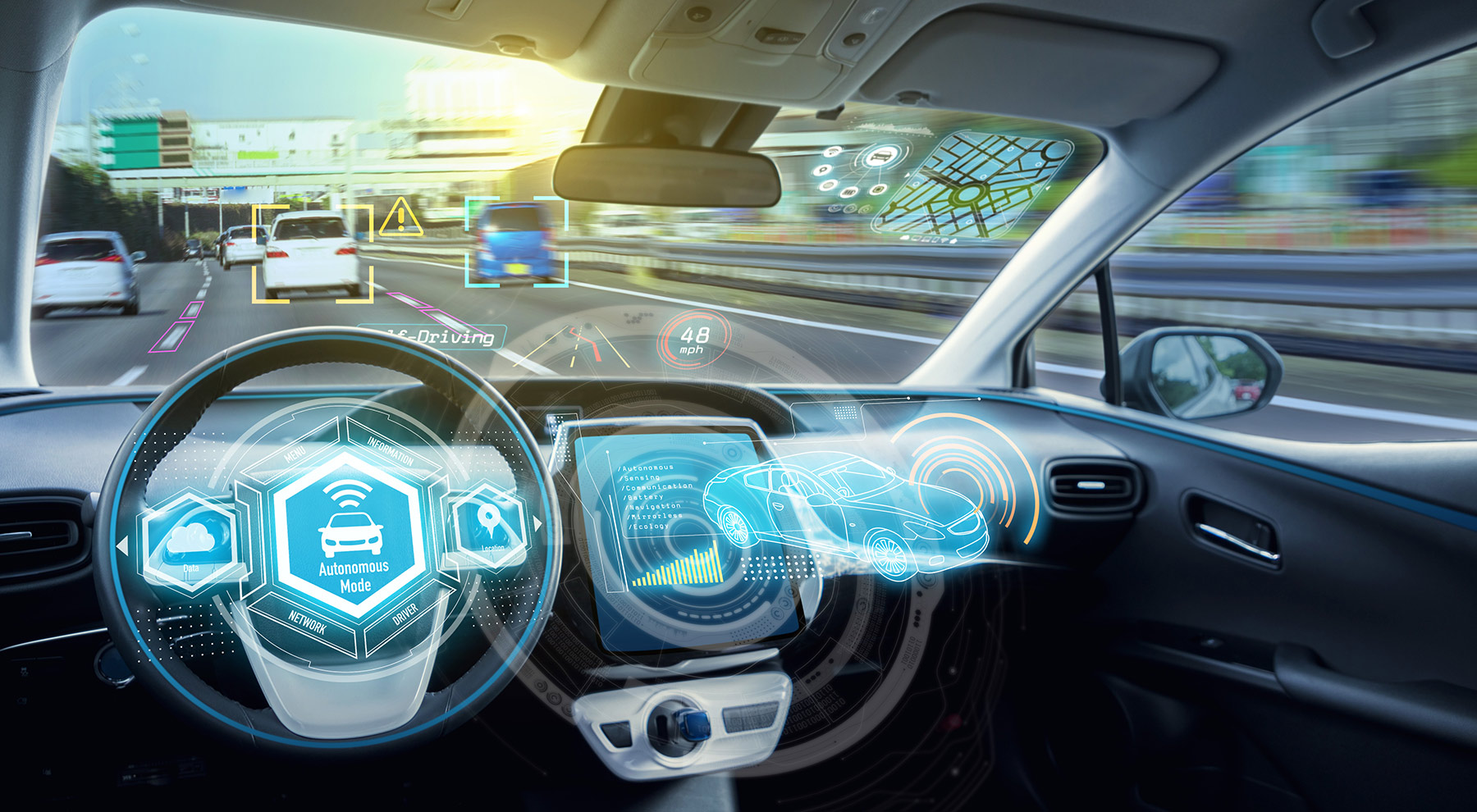Advanced plastics and polymer composites offer an unparalleled combination of properties that are essential to achieving the opportunities outlined in the ACCESS framework. As automakers rapidly invent mobility solutions suited to an autonomous, connected, electrified, and environmentally responsible automotive future, advanced plastics and polymer composites are the materials they can rely on to push the boundaries of their designs and wow consumers.
The advanced plastics and polymer composites industry is hard at work developing and rethinking materials and ways of creating them that can make automakers’ even most radical ideas a reality sooner rather than later. The examples that follow are just a few of the ways these materials can already help the automotive industry capture the opportunities in the ACCESS framework and shape the personal mobility revolution.
Safely add sensors, electronics, and batteries to vehicles
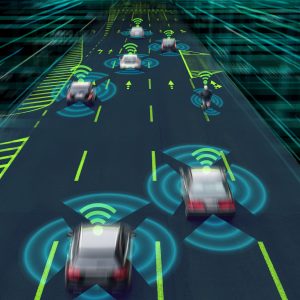
- Provide signal transparency required for active safety systems and sensors including radar, Light Detection and Ranging (LIDAR), and acoustics
- Protect passengers and pedestrians from potential hazards from the increased prevalence of sensors, electronics, and batteries
- Protect sensors, electronics, and batteries from transmission interference, noise, vibration, harshness, elevated temperatures, impact shock, and other hazards
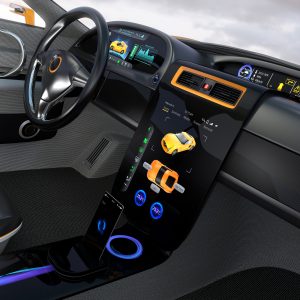
- Prevent marring and prolong life of interactive display screens
- Protect occupants from fire hazards (flame-retardant adhesives, fabrics, and battery pack assemblies)
Offset added weight from additional features
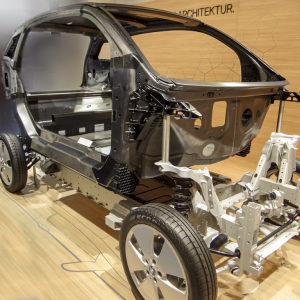
- Provide high strength-to-weight ratio to offset added weight increases and improve vehicle efficiencies
Fast fact: Using carbon fiber reinforced polymer composites for mixed- material designs could reduce the weight of some automotive components by 50-75% 15
Enable design and seamless integration of high-value electronic content
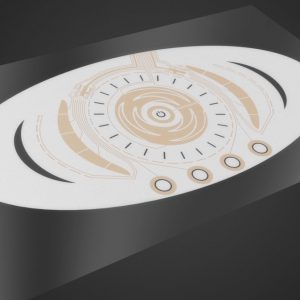
- Enable signal transparency for outgoing sensors, signal reflectivity to facilitate detection of other vehicles and infrastructure, robust performance in harsh vehicle operating conditions, and design freedom to consider styling, form, and function
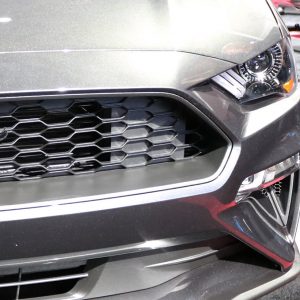
- Allow manufacture of grilles and front fascia to meet styling design requirements while allowing hidden sensors to properly transmit radio frequency transmissions from vehicle to vehicle
- Enable design of emerging vehicle electronics including transparent displays, touch-sensitive switches, ambient lighting aesthetics, and voice-enabled internet of things (IoT) devices
Support a reimagination of vehicle interiors
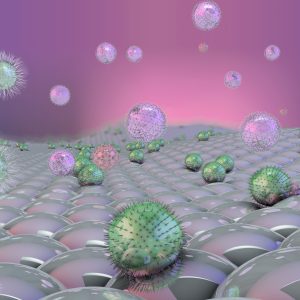
- Provide options for more equitable and inclusive vehicle interiors that expand transportation access for elderly and disabled passengers
- Improve ability of interiors to stand up to the wear and tear of use as a shared vehicle (e.g., scratch-resistant materials to protect expensive displays and touchscreens; high- durability components that are easy to repair, replace, refurbish, and recycle; and hygienic materials with self- cleaning, anti-odor, and anti-microbial properties for improved passenger experience and comfort)
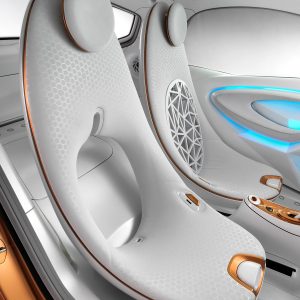
- Enable more modular and multi-configurable interior components for autonomous vehicles such as reversable seats, desks, tables, or entertainment consoles for more dynamic and customizable commuting modes
Help modernize transportation infrastructure

- Enable durable infrastructure that can communicate with vehicles to maintain safety and traffic flow (e.g., plastic vehicle charging stations, traffic flow monitors, stoplight timers, lane-diversion signals, temporary barriers, travel direction signs, and emergency vehicles)16
- Design for disassembly, repair, and replacement to extend useful product lifetimes, and efficient recycling and re-insertion of materials back into new vehicles and other useful applications
Promote sustainable design and supply chain
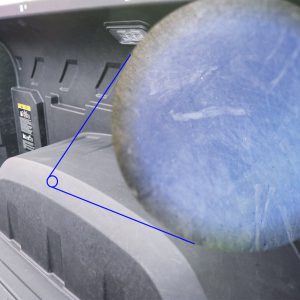
- Design for disassembly, repair, and replacement to extend useful product lifetimes, and efficient recycling and re-insertion of materials back into new vehicles and other useful applications
- Advances in polymer recycling technologies, multi-material joining methods, end-of-life vehicle dismantling and recovery approaches, and comprehensive lifecycle assessment (LCA) tools with high-quality data are allowing plastics to transition toward a more circular economy
Fast fact: A study recently conducted by ACC’s Economics & Statistics Department found that investing in new chemical recycling facilities and operations could produce $9.9 billion in economic output and could generate more than 38,000 jobs in local communities across the country.18


